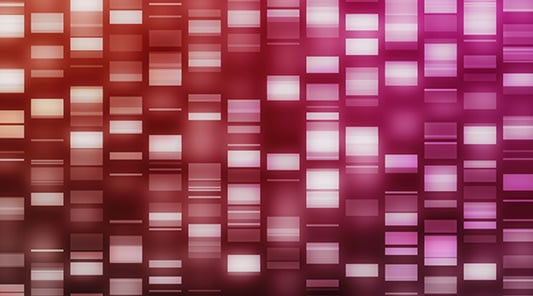Baylor College of Medicine


By combining high speed data sharing and cost effective content retention in a single solution, StorNext has enabled our researchers to access the data they need quickly and easily and eliminated the significant management overhead we incurred with our legacy system.


StorNext Has The Right DNA For The Job
3 Billion DNA Parts? No Problem for StorNext
There are few tasks more data-intensive than sequencing the 3 billion chemical building blocks that make up the DNA of the 24 different human chromosomes. Managing that data was a frustrating challenge until the Baylor College of Medicine’s Human Genome Sequencing Center (HGSC) deployed Quantum’s StorNext. The result: Cost-effective data management with instantaneous shared access to huge volumes of research content.
Too Much Data for Legacy System Capacity
As one of three U.S. centers driving research about genetic influences on disease, HGSC has dozens of scientists who analyze DNA sequencing data. With high volumes of data generated daily and the need for hundreds of terabytes to be accessible for analysis at any time, HGSC’s piecemeal technology infrastructure was becoming a barrier to important research.
By 2008 when Geraint Morgan was named Director of Information Systems, the volume of data was already straining HGSC’s storage capabilities and was expected to grow by 20 petabytes over the next two years. In addition, there was the challenge of centrally managing a complex heterogeneous environment of servers, networks, and storage technology.
StorNext a Proven Winner with Big Data
Morgan quickly found that one name kept coming up when he looked at what other companies with big-data challenges were doing: Quantum’s StorNext.
“StorNext offered the scalability we needed, support for existing storage hardware with no significant investment needed for additional hardware, and an easy-to-manage system,” says Morgan.
HGSC purchased both the StorNext File System and Storage Manager to enable file sharing across multiple operating environments and automated data movement across storage tiers.
Today, following the ingest of data on the local genome scanner devices, the data is copied to a centralized StorNext File System. Multiple genome analysis applications run on top of the StorNext Distributed LAN Client, which connects to the centralized storage to process the data in parallel. StorNext Storage Manager automatically moves data between different disk systems and a Quantum Scalar tape library, thereby protecting content at lower costs.
Since deploying StorNext, Morgan has been very pleased with the benefits.
“Because of the nature of genomics research— where data generated today might not have obvious value but could lead to important discoveries in the future—we preserve all the data generated at HGSC,” says Morgan. “This creates an ever-growing archive, and StorNext will play a critical role in helping us to manage this growth. The exponential data growth is also one of the reasons we plan to leverage the data deduplication feature offered through StorNext—it will enable us to optimize the amount of storage capacity needed for archiving.”


